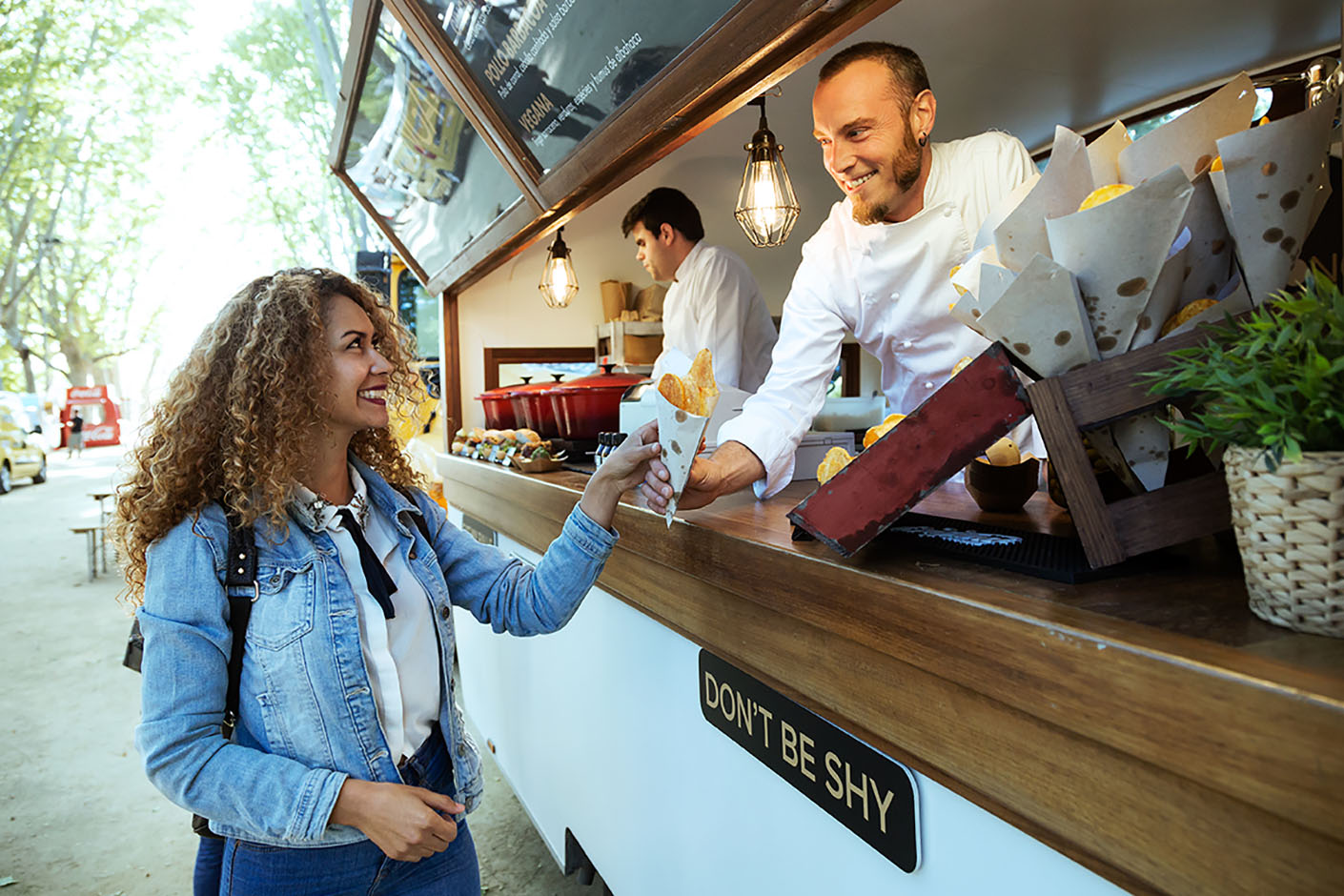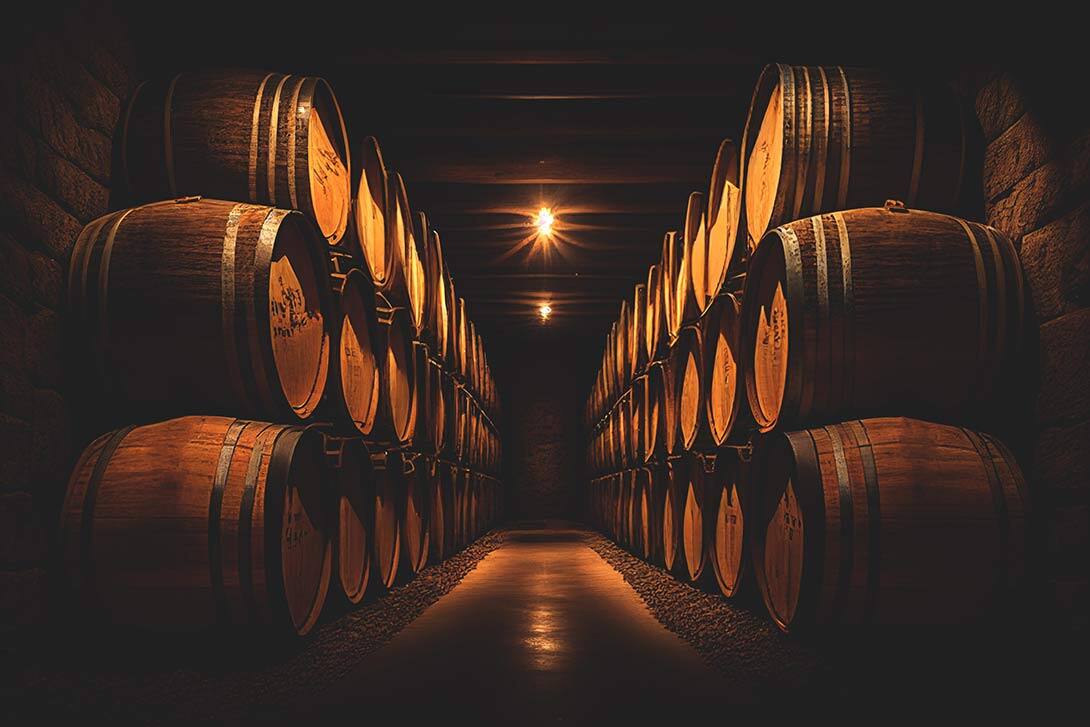With vast numbers of food and beverage outlets having to temporarily close their doors to keep the COVID-19 pandemic at bay, restaurants, bars and cafés alike have had to adapt to survive. In response to the abrupt loss of dine-in guests, the more fortunate F&B businesses have succeeded in demonstrating agility and resilience. A heavier reliance upon delivery services is but one approach.
Many countries are now entering into a phase of gradual restriction relaxation, allowing the restaurant industry to rekindle its dine-in operations, albeit with strict hygiene and social distancing requirements. While face masks, Perspex screens and floor markings have become a matter of course in meeting these requirements, some restauranteurs have channeled their inventiveness to come up with creative solutions.
You could argue a straight-forward way to facilitate social distancing would be to quite simply reduce the number of diners on the premises. In some instances, the number of guests per restaurant has been dictated as a proportion of maximum capacity. Add to this the need for predefined sittings to allow for thorough disinfection between formal dinner guests, for example, and the potential for revenues dwindles before your very eyes. In an industry hungry to make up for lost time, it comes as no surprise that some companies have sought to turn the tables on this concept by increasing their capacity rather than cutting their numbers.
Restaurant trend #1. Al fresco dining – on tarmac
In quest of additional capacity, many restaurants are spilling over into their car parks. With many US city codes, in particular, requiring restaurant owners to provide around three times as much parking space as dining area, unlocking this potential could quadruple a restaurant’s footprint from one day to the next. While the tarmac jungle may not necessarily be the be-all and end-all of al fresco dining, outdoor spaces provide the additional advantage of endless ventilation. Given that research suggests coronavirus is more readily transmitted indoors, summer meals out in the open could be just the ticket – provided local authorities are happy to grant the prerequisite permission.
Over on the European side of the pond, car parks are a little less sprawling. Most city-center restaurants are lucky if they have a patch of curb to call their own. Behold repurposed street parking, traffic lanes or even entire roads! It is this strategy that has been adopted in Vilnius, the Lithuanian capital. Some 18 public spaces have been designated for dining tables a respectable minimum of two meters apart. Of course, once business as usual is up and running again and people the world over take to their cars to resume their manic daily lives, these privileges are likely to be withdrawn. Here’s hoping the trend towards commuting by bike sticks and the pivot towards facilitating human-to-human interaction has longer-lasting effects… Disruption, anyone?
Restaurant trend #2. Drive-throughs
If you just can’t shake your fondness for your four-wheel drive, you’ll be happy to hear drive-throughs are also on the up. Household names, such as McDonald’s and Burger King, continue to churn out orders. The appeal for the consumer is evident: No need to step foot inside, a quick sweep past the counter and, voilà, dinner. It seems, however, that the circumstances are affecting the way people order, with a clear preference for occasional, larger orders, presumably with a view to keeping leftovers for the next day, lining up a day of potential isolation. Keen to capitalize on this change in demand, Popeyes is offering “family bundles”, while Taco Bell promises free tacos on Tuesdays.
The uptick in demand is proving taxing on fast-food chain employees, largely low-wage workers cooking and serving food under compromised conditions. There has been no shortage of complaints as well as some walkouts as employees call for increased safety precautions. They argue that keeping sufficient distance from one another and from guests is impossible, and report a lack of personal protective equipment. Despite these possible challenges, even eateries that have not previously offered a drive-through service have started to convert redundant outdoor space into temporary drive-through lanes, as is the case at Texas Roadhouse.
Restaurant trend #3. Ghost kitchens
Those of us looking to stay home entirely are sure to have encountered some virtual restaurant brands during our perusal of third-party delivery apps, such as Grubhub, Deliveroo or Uber Eats. These virtual brands may in fact be established restaurants looking to diversify, push one of their offerings as a standalone brand, reach a broader audience or simply delivery-only F&B businesses. Thanks to their sharp focus on delivery services, these brands are able to side-step costly, desirable post codes and spacious dining areas, instead operating out of “ghost kitchens” – also known as “virtual kitchens” or “cloud kitchens”.
These unassuming yet conveniently located premises are proving to be a much needed source of work for those kitchen staff who have had the misfortune of losing their jobs during the COVID-19 pandemic. C3, or Creating Culinary Communities, a partnership between sbe, Simon Property Group and Accor, is a shining example of the growth spurt recently encountered in this field. It is leasing shuttered eateries and hiring 1,000 people in effort to meet increased demand for its higher-end meals capable of withstanding 30-minute delivery times.
Restaurant trend #4. Pop-ups
Taking a greater leap, it just so happens that today’s rather hostile circumstances for the restaurant industry may well provide an opportunity to awaken any dormant ambitions for far-out dining concepts. This is exemplified by a recent undertaking in Värmland, Sweden, about 350 kilometers from Stockholm: Bord För En, which translates as Table For One. Duo Rasmus Persson and Linda Karlsson have had the audacity to center their concept around the joys of eating alone – as much a response to the need for social distancing as an expression of the value of interacting with nobody but oneself.
To make this possible, they have positioned a solitary table with a single chair in a lush meadow and set up a rustic pully system, so the set menu can be served to their guest in a basket. There are neither waitstaff nor fellow diners to interrupt the glorious solitude. As you might imagine, a one-guest approach might not necessarily be the most lucrative. This, though, is irrelevant to the pair, who invite anyone who wishes to attend to their meadow, as long as they come alone, permitting them to define the price. This opens up the experience to anyone, irrespective of their financial situation.
Conclusion
Creativity. Open-mindedness. Flexibility. Resourcefulness. Sheer grit. These are the qualities being demanded of the restaurant industry in the face of crisis. These, too, are qualities we can benefit from as we emerge from lockdown and look to the future. Let’s make sure we make the right choices along the way by taking a leaf out of Persson and Karlsson’s book: Revel in the glory of being human and try to make sure nobody gets left behind.






